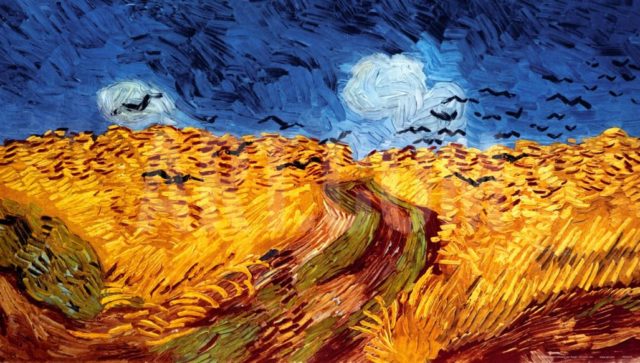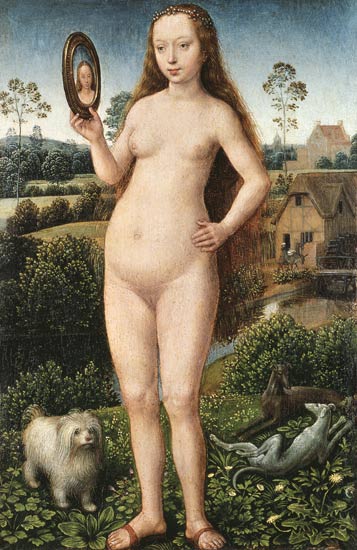 Vincent Van Gogh, Wheatfield with Crows
Vincent Van Gogh, Wheatfield with Crows
“The silence after a felled tree has fallen is like the silence immediately after a death,” wrote John Berger in his 1984 book And Our Faces, My Heart, Brief as Photos. “The same sense of culmination.” Of course, today, two days after the great art critic’s death that’s not exactly what he got. So far, it’s been a cacophony of Twitter alerts, Facebook notifications and hastily written obituaries. In the world of social media, the same tree can fall continually for months even years. Like most celebrities largely out of public view, we can expect Berger’s death to be rediscovered several times over the coming decade—his death tweeted a new, a tree felled once more.
No critic’s words have moved me as much as John Berger’s. It’s been about 25 years since I read his seminal book “Ways of Seeing”, but I still remember the exact placement of Van Gogh’s “Wheatfield with Crows”—about 20 something pages in, most of the way down the right hand page. This is atypical—I don’t have a photographic memory—but I remember the image and placement because I remember the enormous emotional impact his writing had on me.
“Here is a landscape— a cornfield with birds flying out of it. Look at it for a moment in silence.” he said in a similar segment in the same named BBC series. I looked at a beautiful painting in which the wheat fields seemed kissed by the sun. “Now supposing I say whilst you look at it, ‘this is the last picture Van Gogh painted before he killed himself.’ [Silence. Violins play.]” Anyone could understand his point in an instant—context can completely alter interpretation. The blackbirds in Van Gogh’s painting now read as crows flying against an ominous and foreboding sky. I was 20 at the time, and I felt like I’d seen the light of 1000 suns.

Hans Memling, Vanity
Berger influenced how I and countless other art students thought about a great number of topics. Berger, for example, was the first author I read who succinctly demonstrated the insidious sexism embedded within the art historical canon.
The mirror was often used as a symbol of the vanity of woman. The moralizing, however, was mostly hypocritical. You painted a naked woman because you enjoyed looking at her, put a mirror in her hand and you called the painting “Vanity,” thus morally condemning the woman whose nakedness you had depicted for you own pleasure.
I immediately picked up the phone to call my mother to share my outrage against the patriarchy. I naively assumed she didn’t already know what I had learned, but she was gracious enough to let me tell her about it anyway.
25 years later, I’ve found it impossible to recapture the kind of passion I experienced in my 20’s, though the past few days of reading Berger’s articulation of self-evident truths has gotten me pretty close. Berger’s writing makes me want to share nearly all of his ideas. It feels good. And in that sense, I hope the death of Berger may never be followed by silence. Our best homage to the author is to keep his ideas alive.
Amongst those, I increasingly return to how he noted that the visual language of Old Masters informs everything in contemporary visual culture from cinema to advertising. “Painting, before it was anything else, was a celebration of private property,” Berger wrote. I’ve seen a lot more of this kind of art with the rise of income inequality, though its message often gets lost in the noise of digital media. It is an acute reminder of the importance of Berger’s message and its clarity. Berger is the Old Master of Seeing and his legacy is that we will never look at images the same way again.


Comments on this entry are closed.